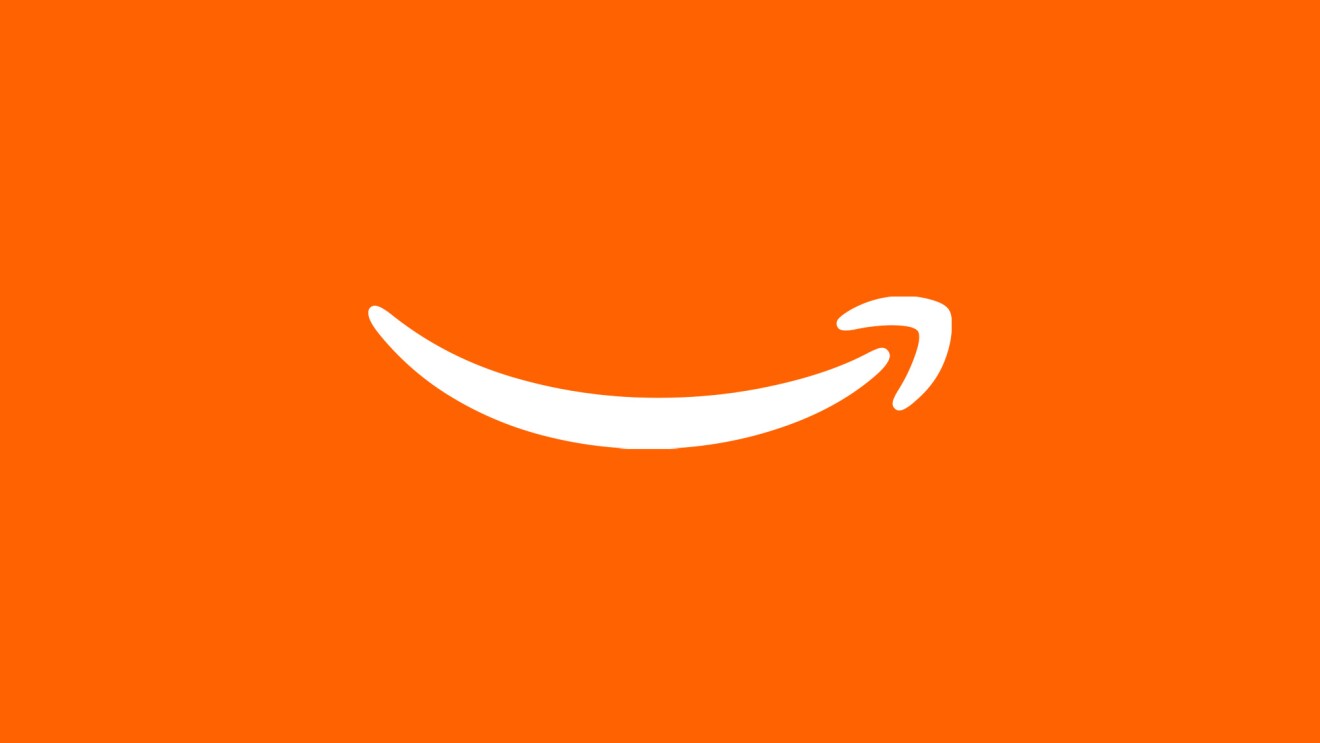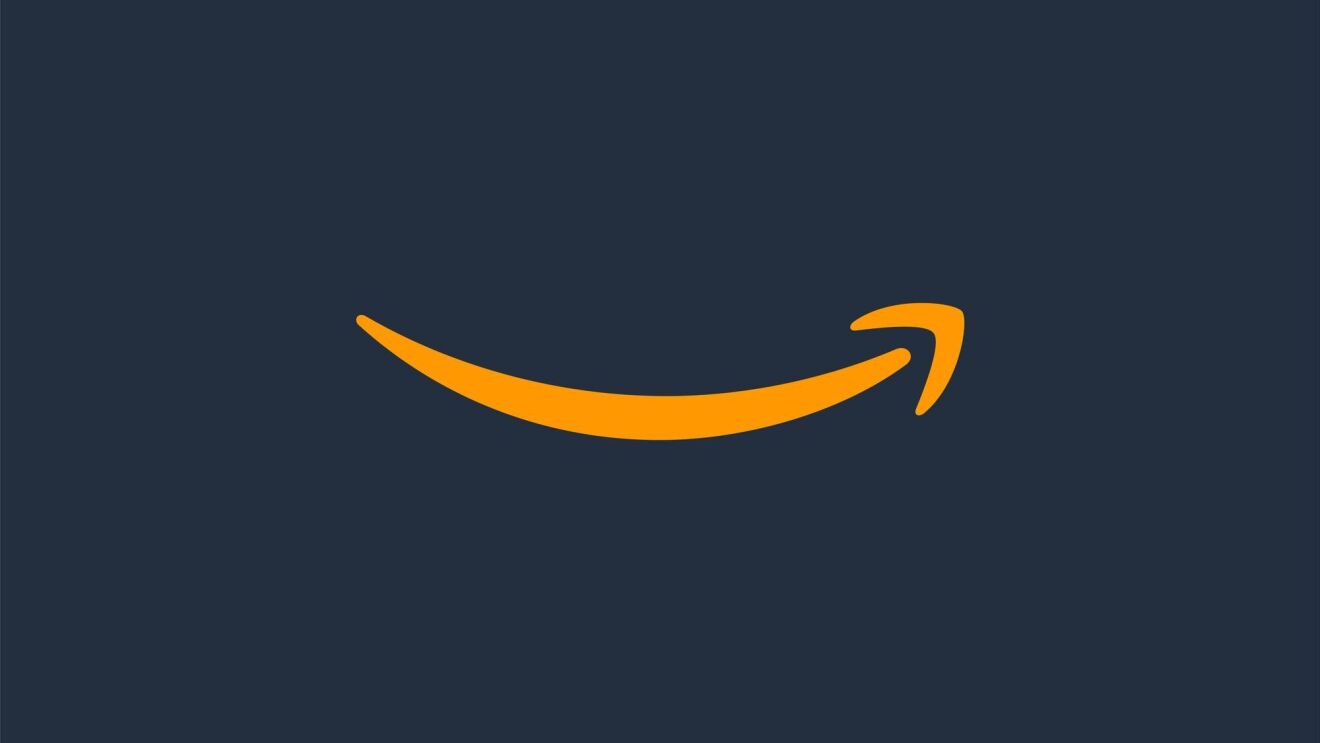When customers shop in Amazon’s store, they trust that they can find an amazing selection of products that are safe. Our goal is to ensure that these products are inherently safe when they were manufactured, that they remain safe when they are delivered, and that the customer knows how to use the products appropriately to ensure their continued safety. This is both the right thing to do for customers, and it is critical to ensuring the trustworthiness of our store.
Preventing unsafe products from getting into the hands of customers begins the moment someone attempts to register an account with our robust, proactive seller vetting controls. Prospective sellers are required to provide a variety of information, such as government-issued photo IDs, taxpayer details, and banking information. In addition to verifying these, Amazon’s systems and expert investigators analyze numerous data points, including behavioral signals and connections to previously enforced bad actors, to detect and prevent risks. We also have robust policies and processes in place to make sure the products they want to list for sale meet applicable compliance and safety requirements. We continuously monitor our store for potentially unsafe or noncompliant products, including when we receive new information from sellers about products and brands, and from safety and regulatory bodies. These proactive efforts use a combination of advanced machine learning, safety, and compliance experts. We are constantly learning how to improve our detection and prevention of potentially unsafe or defective products.
We are also always listening to feedback from customers and others in order to identify potential issues that might have been missed by our proactive controls. If we think there is a potential issue, we act quickly to take care of the specific product issue, but we also look for better controls and policies that can more effectively protect consumers in the future. For example, we proactively removed padded crib bumpers and inclined sleep products from our stores long before legislation passed and then worked with Kids in Danger, Consumer Federation of America, and Consumer Reports to advocate for the Safe Sleep for Babies Act. Similarly, we learned of safety concerns tied to water beads when accidentally ingested by children. We quickly drafted a new policy prohibiting the listing or sale of water beads marketed to children, and we’re still awaiting the passage of formal legislation that would ensure the same protections across the industry.
We stand behind every product in our store, regardless of who sells it with our longstanding A-to-z Guarantee. In the event a customer is not happy with the condition of their purchase or a timely delivery, and can’t resolve the issue directly with the seller, they can contact Amazon for a refund. In 2021, we expanded our A-to-z Guarantee in the U.S. to include a streamlined process for resolving personal injury or property damage claims due to a defective product. We are the first and only marketplace service provider that we are aware of that offers this level of protection for customers when purchasing products from third-party sellers in their store.
In the event of a product recall, we work with sellers and manufacturers to inform customers. We don’t believe it’s sufficient to simply post a notice or issue a press release about a recall, so we email and notify customers directly when we become aware of a product recall or other safety issue. In the past, these notifications would often direct consumers to third-party websites to get information on what to do next. In 2023, Amazon launched the Your Recalls and Product Safety Alerts page in the U.S., providing customers with a single place where they can view product recalls, safety information, and next steps for items they purchased in Amazon’s store. To help our U.S. selling partners manage the recalls process, Amazon offers the option to leverage Amazon's Recalls Logistics Service (RLS). Once selling partners opt in to RLS, we notify customers who purchased the selling partner’s products in our store, issue refunds on behalf of the selling partner, and manage return logistics—making the entire process efficient and reliable for both consumers and the businesses that sold these recalled products.
We regularly engage with other interested parties including consumer protection organizations, regulators, academia, and others that share our desire to work collaboratively to protect consumers. We partnered with governments on building product safety pledges that both outline our aspirations for modernization and set standards and practices that all retailers should adopt. In Australia, Canada, the EU, and Japan, we worked closely with regulators on their product safety pledges that raise the bar for the local retail industry.
However, to be more effective, the private and public sector must do more together. We have learned through our own efforts, and through partnerships with others, that there are three key areas where it is imperative for us to make greater progress—manufacturers and retailers working more effectively to educate consumers, greater information sharing on emerging product safety concerns, and modernizing the product recall process across the industry. We are committed to partnering across the private and public sector and we invite others interested in protecting consumers from product safety issues to partner with us on these three areas.
1. Providing consumers with more effective product and usage information to help them use products safely.
Global laws require many products be safety tested and certified before being sold to consumers. Manufacturers spend ample time and resources on compliance efforts including design, testing, and certifications of products to ensure safety. In addition, manufacturers are sometimes required to provide extensive labeling, stickers, manuals, and other information aimed at helping guide the customer on how to use their product. However, some customers fail to heed these instruction manuals, stickers, and labels and sometimes, simply discard them which can lead to unintentional misuse of otherwise safe products. Long, difficult-to-read, paper-based instructions and numerous stickers and labels can lead to a lack of consumer engagement with safety instructions, and we frequently find that when a safety issue occurs, the underlying product was safe and had the right required consumer warnings, but the customer simply used the product in a way that had explicitly been warned against.
To better educate our customers about how to use products, Amazon has started to incorporate messages from safety experts into our shopping experience so customers can make more informed decisions both during the purchase process and after they receive the product and are using it. Pre-purchase messages include information like relevant safety articles and product tips. We have worked with experts like the National Highway Traffic Safety Administration on their "Right Seat" campaign to integrate car seat recommendations and installation tips into our shopping experience. Similarly, we are experimenting with post-purchase messages like emails or push notifications that explain what actions to take to minimize safety risks with short, easy-to-understand usage information. For example, we are sending post-purchase, safe-sleep, and furniture-anchoring tips in partnership with consumer advocates, Safe Kids Worldwide and Parents Against Tipovers, in an effort to reduce preventable childhood injuries for customers who buy cribs, baby products, and dressers.
Manufacturers should be able to further communicate clear, effective, and easy-to-follow guidance. The specifics will vary given the diversity of retail industry shopping experiences, but we need ways for manufacturers to provide this information digitally so it can always be complete, up-to-date, and in the customer’s language of preference. Digitizing this information would allow retailers to provide and reinforce this important safety information to consumers at the right times in their shopping journey so they can make informed purchase decisions and safely use products that they purchase. While nascent and still needing a great deal of innovation to reach its true potential, we are starting to see some regulators thinking about effective ways to require digital labeling and communication of critical product safety information. One example is the European Commission’s efforts to encourage greater digitization of product information. As more products are uniquely serialized using technologies like Amazon Transparency, we believe that is also a very effective way to ensure this information is available and easily kept up-to-date. Retailers should then use this digital information and work with experts on how best to integrate important safety information in the shopping journey in the places where it is most valuable to, and effective for, consumers.
2. Greater data sharing on emerging product safety risks to protect consumers earlier.
Retailers, manufacturers, and regulators do not have an established way to share information on emerging safety risks that they may individually observe. In most countries, it can take anywhere from weeks to several months from the time a manufacturer notifies a regulator of an issue to when that issue is communicated to retailers through a product recall. While there can be good reasons for regulators to perform appropriate due diligence before issuing a formal product recall, that can also result in a long period where many industry participants are still selling these products, and as a result, both past and new customers are using these unsafe products far longer than when the first industry participant realized there was an issue.
Amazon is a proud signatory of the European Commission’s Product Safety Pledge+ which strengthens cooperation and dialogue between signatories and authorities. The pledge also serves as the backdrop to a pilot project where consumer groups are considered trusted partners and can report potentially noncompliant and unsafe products to pledge signatories to be investigated and taken down well ahead of a formal regulatory investigation and notification. This exchange of potential safety signals across retailers and safety experts has resulted in valuable collaboration and faster resolution of the issues flagged.
An industry-wide information exchange should be established to improve the speed at which the industry is able to communicate about emerging safety risks with each other enabling us all to better protect consumers. Manufacturers, consumer groups, regulators, and retailers would contribute information and be able to leverage what is shared in this exchange to address emerging product safety risks. While this information exchange would not remove the need for formal regulation and standards issued by governmental bodies, it would allow the industry to decide when to act more quickly and ultimately, protect more consumers faster.
3. Modernizing the product recall process to better protect consumers.
In the unfortunate situation where a product needs to be recalled across the industry, the current requirements within recall regulations are not effective enough. They are insufficient in ensuring that retailers know what products are being recalled, they do not have a high enough bar for how retailers must notify customers to make them aware of the recall, and it can be more difficult than necessary for customers to understand what action they should take to protect themselves. For example, in the U.S., the Consumer Product Safety Commission notes that, on average, consumers participate in corrective actions for recalls at a rate of only 6 percent across all product types. We need to modernize the recalls process.
The first challenge we need to address is that in many cases, the information retailers receive about a recall is incomplete or unclear, making it difficult to identify the specific products that are unsafe. For example, in 2023, hundreds of the recall notifications we received were missing critical details about the products being recalled such as their brand name, model number, or clear enough photos for us to identify the product.
Second, the methods required by regulation for notifying customers are antiquated and reflective of a different era in consumer shopping behavior. Many regulations require hanging posters behind customer service counters and placing announcements in the news as the primary consumer communication channels. At Amazon, we have simplified how our customers receive recall information, and customers receive immediate, actionable, and personalized emails as soon as a potentially unsafe product is identified. Notifications include information about potential safety hazards, detailed instructions on how to request a refund or if one has already been provided, and instructions for how to return or dispose of the product. Whether products are purchased in a physical store or online, in current times, retailers almost always have some way to reach their customers through online accounts, membership programs, phone numbers, mailing addresses, or other means that are far more effective than hanging a poster or placing a newspaper ad.
We need to establish more robust standards for basic product information that regulators should always include in every product recall. This information will enable the fast and unequivocal identification of the recalled products. Similarly, we should require retailers to contact customers directly through whatever means they have (email, SMS, physical address, phone number, or otherwise) and not accept posting a piece of paper behind a customer service counter or putting a note in a newspaper will be sufficient notice to protect consumers. Notices to customers must be clear on the recall and next steps the customer should take to protect themselves.
What’s next?
We are proud of the high bar we achieve in ensuring only safe products are sold in our store and the trust that customers have when shopping in Amazon’s store. We will continue to innovate on behalf of our customers to prevent unsafe products from ever reaching them. However, even greater progress will require the private and public sector to work together to provide consumers with more effective product and usage information, share information to prevent safety concerns sooner, and modernize the product recall process so that recalled products are effectively removed from the supply chain. We are looking forward to partnering with industry, governments, consumer groups, and manufacturers around the world to make even greater progress in protecting consumers from product safety issues.
Trending news and stories
- What is Amazon Pet Day? 48 hours of dedicated pet deals May 13-14
- Amazon will share its Q1 2025 earnings on May 1
- The Amazon Book Sale is back April 23-28 with thousands of deals across books, select devices, and memberships
- Amazon CEO Andy Jassy shares how AI will reinvent ‘virtually every customer experience we know’











